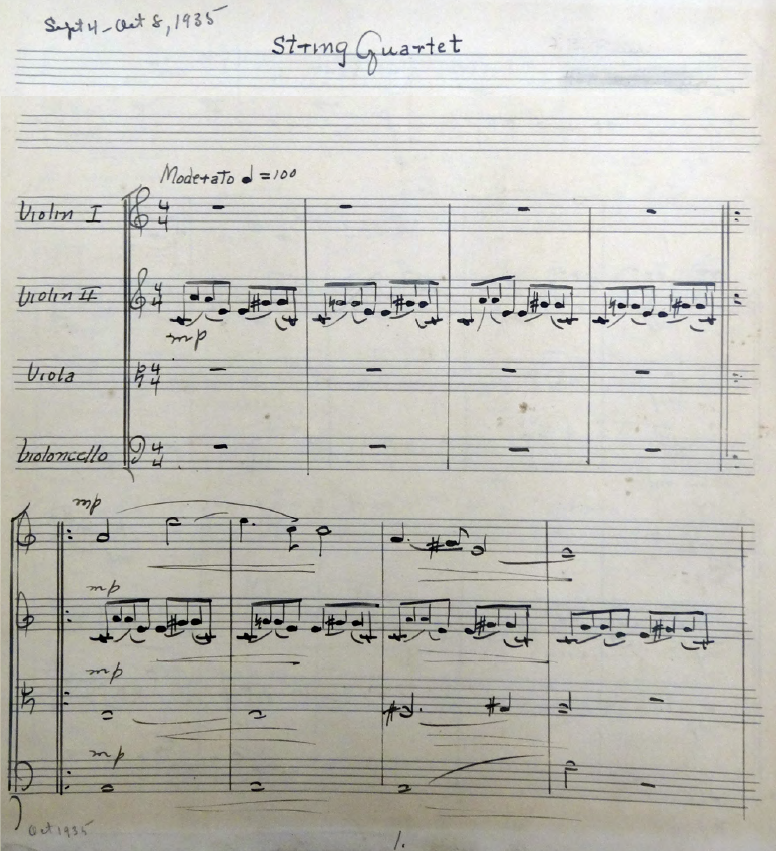|
by Anthony R. Green As Castle of our Skins grows, our seasons become more and more diverse and full. (Have you checked out our Season 7 events?) One event about which I am particularly excited is Secret Desire to Be Black. For this event, COOS will bring back internationally acclaimed cellist Seth Parker Woods to play solo and chamber works. Among these works is Florence B. Price's String Quartet #2 in A minor from 1935, a significant, mature work that belongs in the repertoire of any professional string quartet who plays romantic music. 1935: 2 years after Price's awarding-winning Symphony No. 1 was premiered by the Chicago Symphony Orchestra, making her the first Black woman to have an orchestral work played by a major orchestra. Among Price's nearly 300 works, her orchestral and vocal (including choral) repertoire seem to have been her main focus. However, the A minor quartet is her second string quartet, arriving 6 years after her first and beloved String Quartet in G major. After such an important prize as the Wanamaker, which directly resulted in her Chicago Symphony Orchestra performance, it is no wonder why Price may have modelled her second string quartet after her first symphony.
Both the Symphony #1 in E minor (1932) and the String Quartet #2 in A minor (1935) are structured in 4 movements: a moderato introduction, a slow movement, a Juba dance, and a fast finale. While there are no similar long passages, it is clear that the compositional approach to both works is practically identical. In the quartet, the first movement starts with an ostinato that informs and supports the melodic and harmonic tragectory of the movement. After a brief pause, Price's bold, unapologetic romantic chromaticism appears in a way that it does not (and perhaps cannot) in her first symphony, and the introduction propels the listener on a musical rollercoaster that foreshadows the remaining three movements. The second movement's relaxed world provides a repose from the present first movement. With warm, lush melodies, and fragrant harmonies that are rife with familiarity, the second movement is a comfort for the audience. The third movement invites movement, as it is a Juba. This type of dance developed in the Americas from Africans who were brought there against their will. Dancing and vocal music was a form of survival, and Juba is a grandparent of hambone and contemporary step dancing (often found in fraternities and Black churches). Price's Juba is firmly within this African American Folk music tradition, and serves as a fine transition to a powerful finale. The last movement of this string quartet sums up the journey, but this time in a triple meter, different from the previous three movements. It is virtuosic, colorful, meaty, and inspired. Throughout this work, Price's African American Folk vernacular shines. It is used to speak directly to the listener, as well as to employ complex counterpoint and harmony. Such approaches find their way into future works, notably the Five Folksongs in Counterpoint, which is also a string quartet. Be sure to check out COOS's musical exploration at the Gardner museum, as well as all the other, many events of this 7th season!
0 Comments
Leave a Reply. |
Details
Writings, musings, photos, links, and videos about Black Artistry of ALL varieties!
Feel free to drop a comment or suggestion for posts! Archives
May 2024
|
Member Login
Black concert series and educational programs in Boston and beyond


 RSS Feed
RSS Feed










